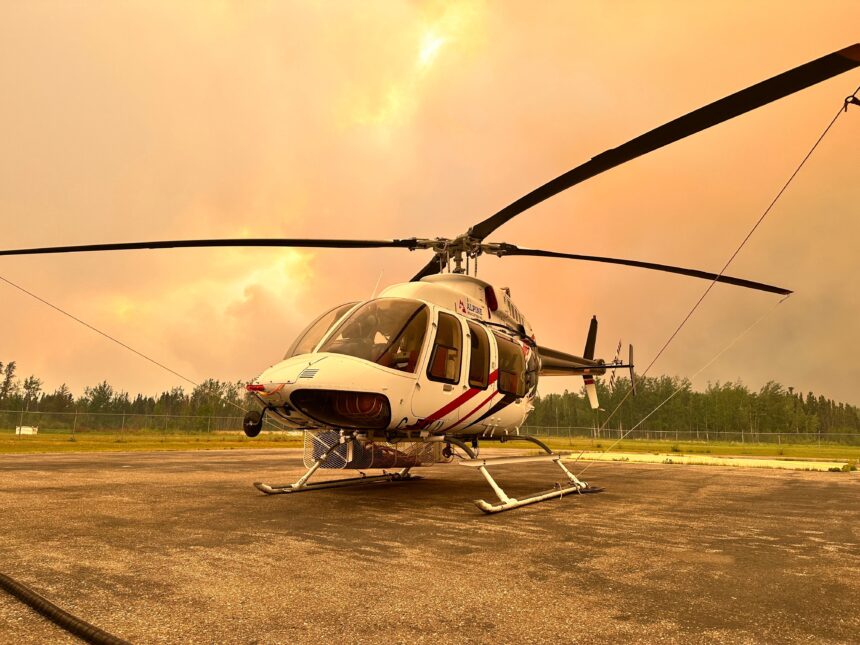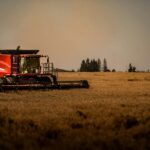As plumes of smoke darken Manitoba’s normally pristine summer skies, provincial authorities have taken the extraordinary step of asking tourists to postpone their visits amid an escalating wildfire crisis. The advisory, issued yesterday afternoon, marks the first time in recent memory that the province has explicitly discouraged tourism during its peak season.
“We’re facing unprecedented wildfire conditions across multiple regions,” said Manitoba Emergency Measures coordinator Jillian Renwick. “While we understand the disappointment this causes for planned vacations, our priority must be public safety and ensuring our emergency resources aren’t stretched beyond capacity.”
The rapidly evolving situation has already consumed over 150,000 hectares of forest and parkland, primarily in the province’s northern and eastern regions. According to Environment Canada, abnormally dry conditions combined with above-average temperatures have created perfect conditions for fire spread, with some blazes advancing at rates exceeding 5 kilometers per hour during peak burning periods.
Local tourism operators, already struggling after pandemic-related disruptions, now face another devastating blow to their livelihoods. The Manitoba Tourism Association estimates potential economic losses could exceed $75 million if the advisory remains in place through July, traditionally the busiest visitor month.
“We’re caught between understanding the necessity of these measures and watching our businesses potentially collapse,” said Lars Thorson, who operates a family-owned wilderness lodge near Nopiming Provincial Park. “Many of us have just a 12-week window to earn our annual income.”
Provincial firefighting resources have been supplemented by crews from Saskatchewan, Ontario, and Quebec, with additional assistance requested from federal agencies. The Canadian Armed Forces have deployed two water bomber aircraft and a helicopter unit to assist with the most threatening fire fronts.
Communities within evacuation zones have been directed to emergency shelters in Winnipeg and Brandon, with approximately 3,400 residents currently displaced. Indigenous communities have been disproportionately affected, with seven First Nations territories under evacuation orders.
“This situation highlights the growing climate vulnerability we face in our northern regions,” noted Dr. Eleanor Sampson, climate researcher at the University of Manitoba. “The data indicates we’re experiencing wildfire seasons that start earlier, burn hotter, and last longer than historical patterns.” Her research, published in the Canadian Journal of Forest Research, suggests such conditions could become the new normal for Manitoba’s summers.
For tourists with existing bookings, provincial authorities are working with major accommodation providers to establish flexible cancellation policies. Manitoba Parks has implemented automatic refunds for all camping reservations in affected areas through July 15, with extensions possible depending on fire containment progress.
Emergency officials emphasize that the advisory is intended to prevent additional strain on resources and reduce the risk of tourists becoming stranded in rapidly changing fire conditions. Highway closures throughout the affected regions have already created logistical challenges for emergency response teams.
As Manitoba faces this growing crisis, the question emerges: how will our approach to tourism, conservation, and emergency planning evolve in a future where such extreme events become increasingly common rather than exceptional?
















